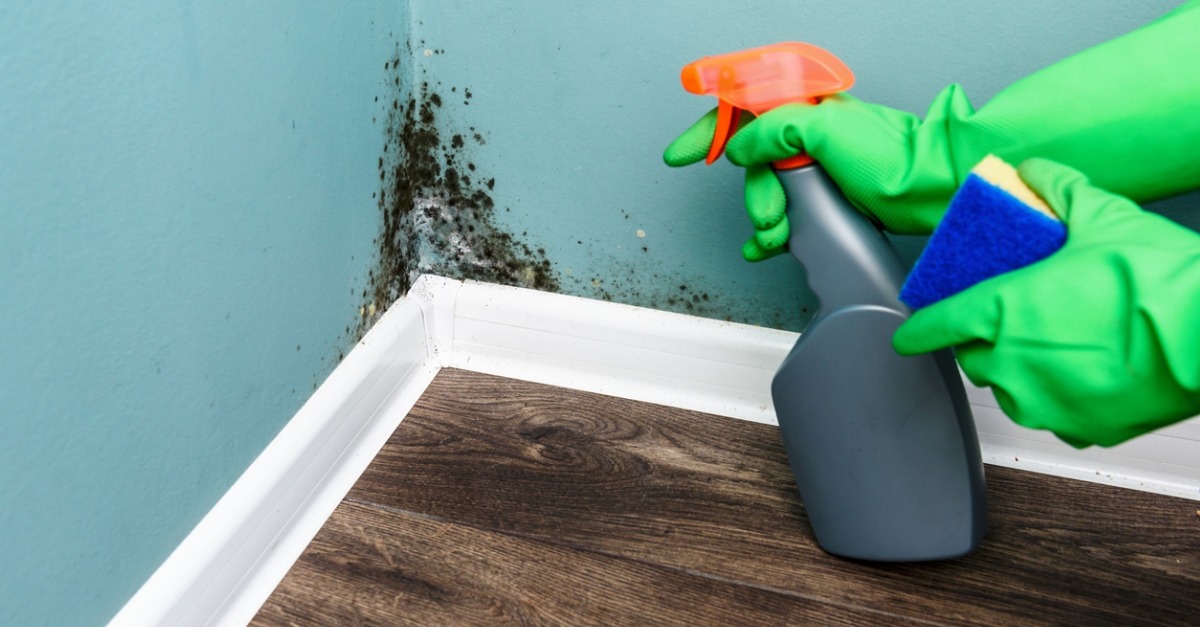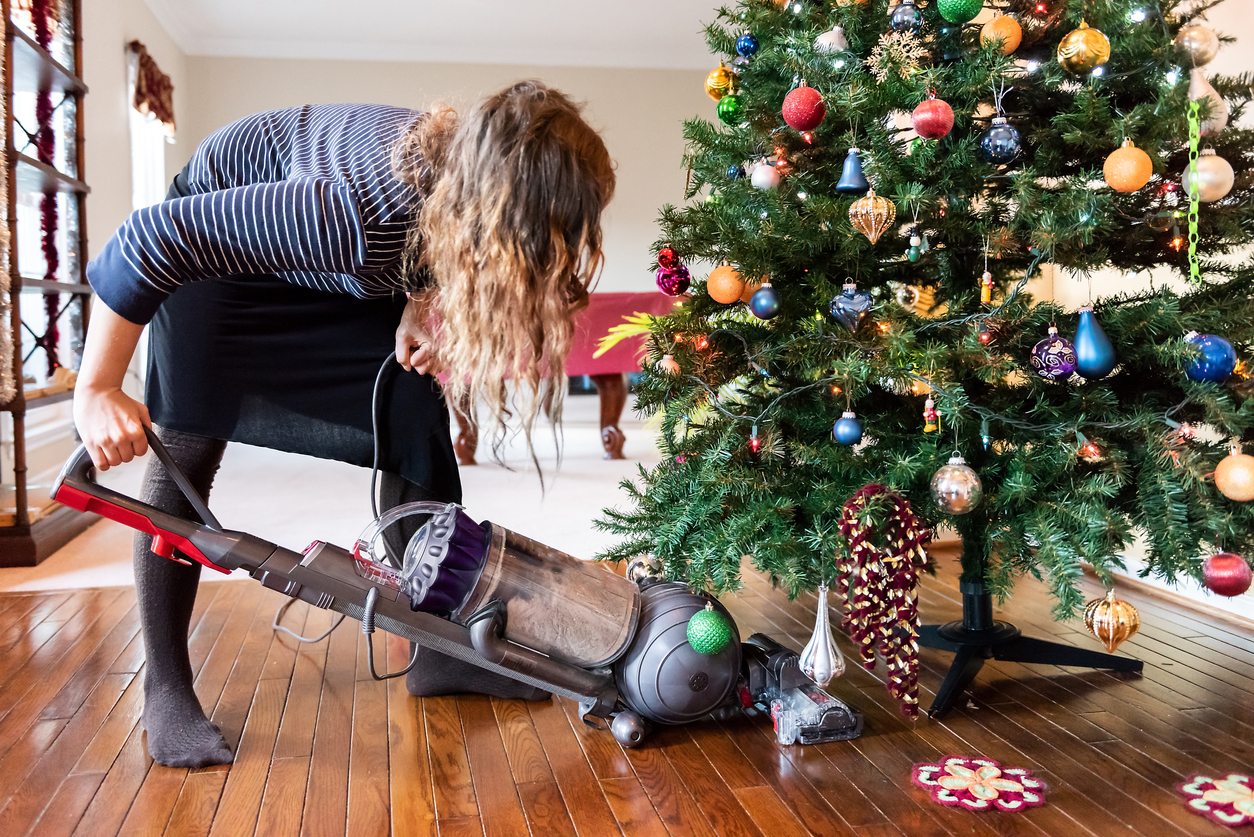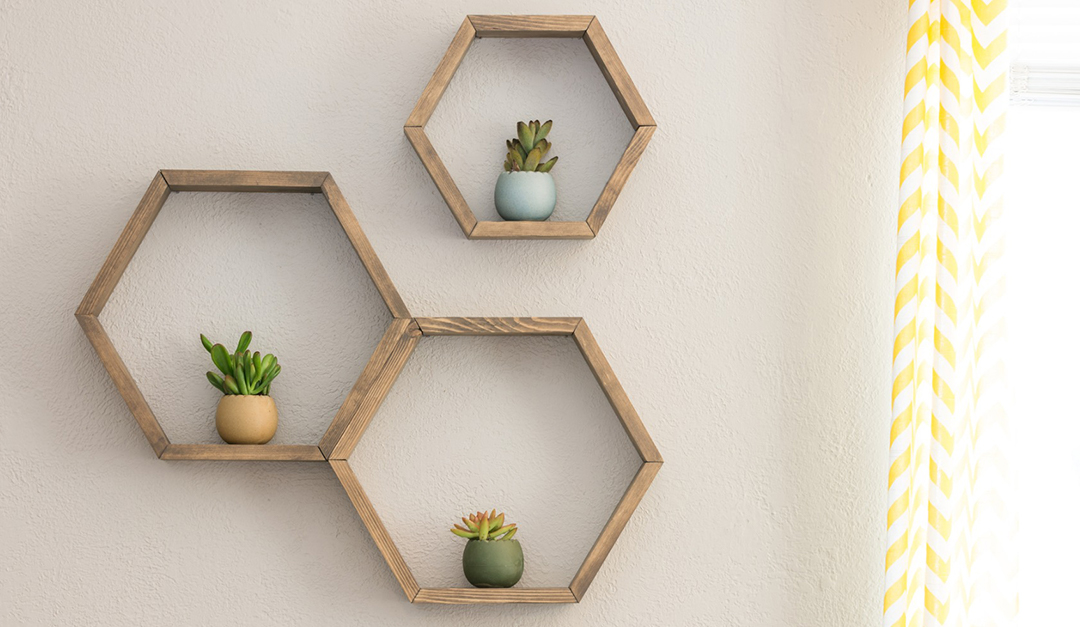As floods are more common in the winter months when pipes can freeze over and burst, it’s a good time to get familiar with mold—how it works, how it wreaks havoc on your home and health, and how you can prevent and remove it.
Get a humidity monitor. Moisture is the biggest factor when it comes to the development of mold in your home. While Canadian homes are usually quite dry in the winter months, the use of a humidifier to ease your parched skin could actually create a breeding ground for mold. The safest bet is to place a humidity monitor in the room where you’re using a humidifier, and ensure the humidity rarely reaches above 40 per cent—this will keep you comfortable in your home while keeping mold at bay.
Dry any spills immediately. Since moisture is the root of the issue, eliminating moisture from spilled water (say, from stepping out of the shower) is important. You might say, “What’s the harm? It will dry on its own.” If left to sit there, however, this water will seep into the walls and create the beginnings of a mold problem. And once you have a mold problem, it’s hard to treat and nearly impossible to completely eliminate all mold spores, so prevention is key.
Use mold-resistant products. If you’re building a home from scratch, you’d be wise to invest in mold-resistant drywall and sheetrock. While it will come at a higher price point, you can purchase wisely and use it in the rooms that are more prone to moisture like the bathroom, basement and kitchen.
Clean and repair your gutters. Have a leak in the roof that’s causing a mold issue? The fix might be as simple as cleaning and repairing your gutters. This is why it’s so important to clean and inspect them regularly. If they’re damaged, it could lead to a damaged roof and a very expensive mold problem.











